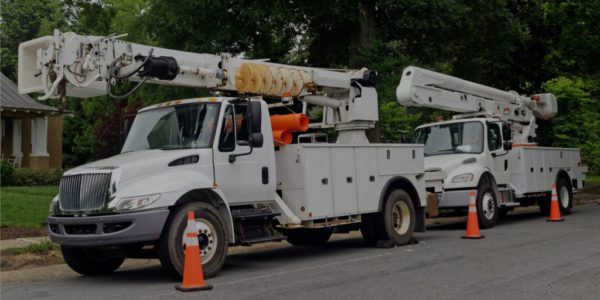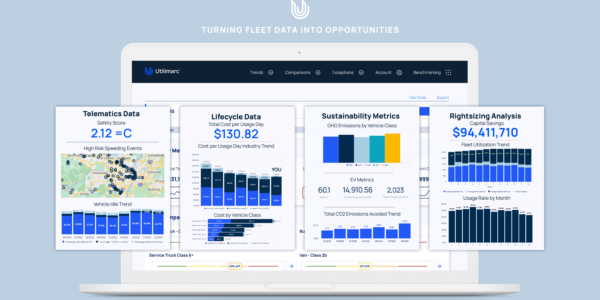
Utilimarc Fleet FYIs | Season 4 | Episode 17 What all is included in total cost of ownership reporting for […]

Utilimarc Fleet FYIs | Season 4 | Episode 16 What is the real cost of charging your EVs? After the […]

Utilimarc Fleet FYIs | Season 4 | 3-Day NAFA Expo Recap Want to know what you missed at this year’s […]

How does mechanic compensation vary between municipal and utility employers? We took data from over 75 benchmarking clients to find out more about average wages.

Utilimarc Fleet FYIs | Season 4 | Episode 12 Greenhouse gas reporting can mean something different to every different fleet. […]

Municipalities in North America are increasingly focusing on green initiatives and sustainability for a variety of reasons. While many cities […]

We took data from over 50 of our utility and municipal fleet benchmarking clients and their active Digger Derricks from 2017 to 20211. The sample included nearly 12,000 vehicles weighing less than or equal to 55,000 GVWR. The data used represents the patterns we have seen from the industry average of the selected sample.

For fleet managers, reducing GHGs starts with an accurate understanding of how much their fleet emits in the first place. This is where GHG reporting comes in. Utilimarc’s GHG analytics takes data from different sources to help fleets measure and report their emissions. This could be at a higher level or down to the details of which vehicles, classes, and fuel types are contributing the most.

Fortunately for fleet managers today, BI is an easy-to-implement tool that converts data sources into new opportunities. Using these key insights, managers can cut out ineffective guesswork and instead, strategize with informed, data-backed decisions. In this article, we explore the top five reasons why every fleet striving for total optimization should be using Business Intelligence for their data analysis needs.